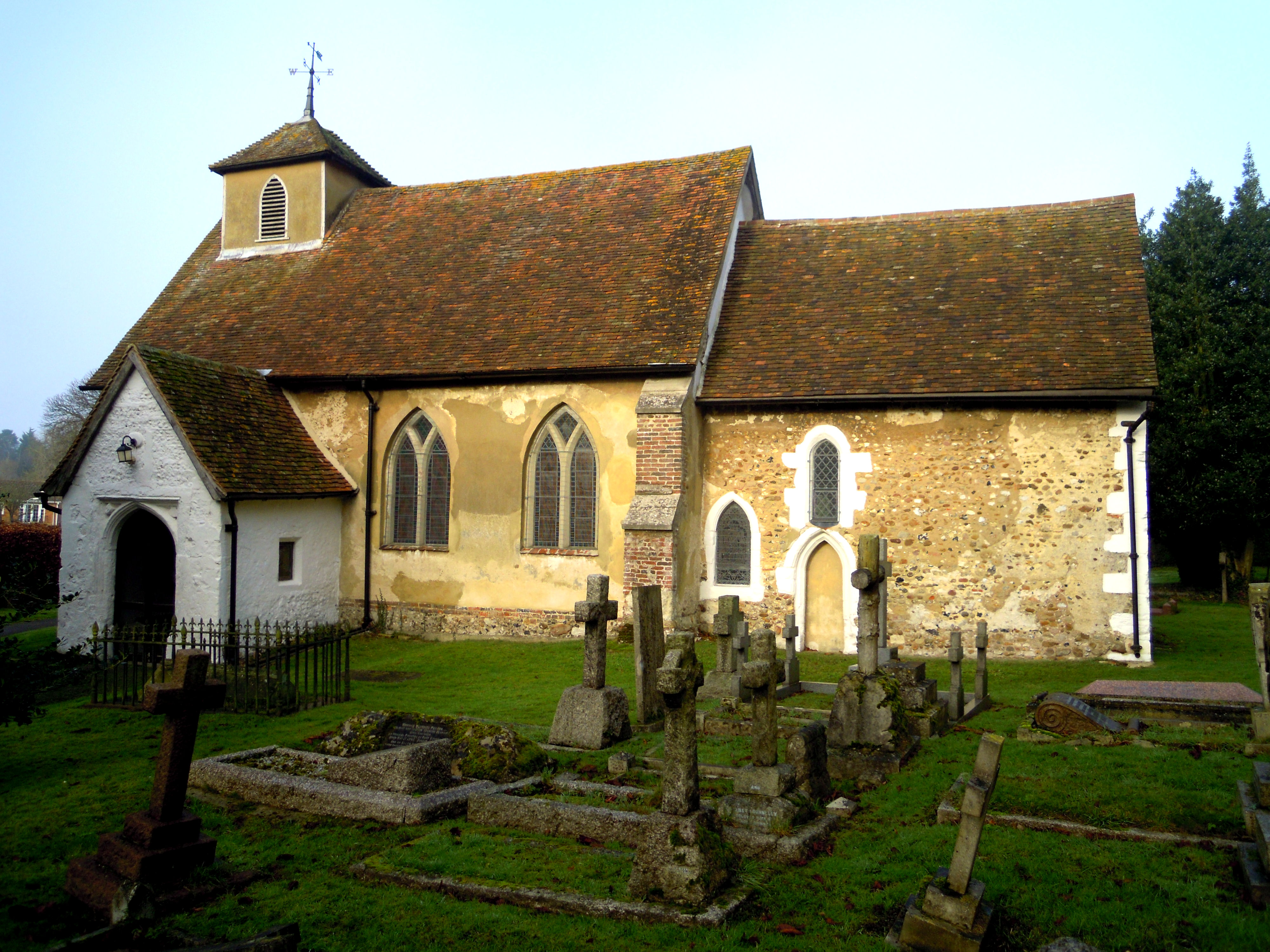|
Letchworth Railway Station, New South Wales
Letchworth is a former railway station that was located on the Bombala railway line. It was named Letchworth, after Letchworth Garden City. The name was suggested by land developer H. F. Halloran. It was located at an unrealised Halloran residential sub-division, also named Letchworth. The station would have also served another of his sub-divisions, Environa Environa is a suburb and locality of Queanbeyan, located in the Queanbeyan–Palerang Regional Council, in New South Wales, Australia, west of Jerrabomberra Creek and nearby the New South Wales and Australian Capital Territory border. The subu ..., if either of the sub-divisions had been developed. Reference section {{reflist External links section NSW Railnet - Letchworth Disused regional railway stations in New South Wales Bombala railway line Railway stations in Australia opened in 1926 Regional railway stations in New South Wales ... [...More Info...] [...Related Items...] OR: [Wikipedia] [Google] [Baidu] |
Bombala Railway Line
The Bombala railway line is a branch railway line in the south of New South Wales, Australia. The northern part of it forms part of the main line from Sydney to Canberra, but the southern part is closed. It branches off the Main South line at Joppa Junction, south of Goulburn. The line is used by NSW TrainLink Xplorer services running between Sydney Central and Canberra station. History The line was opened in stages to Tarago (January 1884), Bungendore (March 1885), Queanbeyan (September 1887), Michelago (December 1887), Cooma (May 1889), Nimmitabel (April 1912) and Bombala (November 1921). Queanbeyan The section of the line, between Bungendore and Queanbeyan, was the most challenging to construct, with three tunnels, a major sideling embankment along the Molonglo River gorge (also known as 'Pine Valley'), and two major bridges, across the Molonglo and Queanbeyan Rivers. The construction contract for the line from Bungendore to Michelago was awarded to Johnstone and Co. ... [...More Info...] [...Related Items...] OR: [Wikipedia] [Google] [Baidu] |
Letchworth
Letchworth Garden City, commonly known as Letchworth, is a town in the North Hertfordshire district of Hertfordshire, England. It is noted for being the first garden city. The population at the time of the 2011 census was 33,249. Letchworth was an ancient parish, appearing in the Domesday Book of 1086. It remained a small rural village until the start of the twentieth century. The development of the modern town began in 1903, when much of the land in Letchworth and the neighbouring parishes of Willian and Norton was purchased by a company called First Garden City Limited, founded by Ebenezer Howard and his supporters with the aim of building the first "garden city", following the principles Howard had set out in his 1898 book, ''To-morrow: A Peaceful Path to Real Reform''. Their aim was to create a new type of settlement which provided jobs, services, and good housing for residents, whilst retaining the environmental quality of the countryside, in contrast to most industria ... [...More Info...] [...Related Items...] OR: [Wikipedia] [Google] [Baidu] |
Henry Halloran
Henry Ferdinand Halloran (9 August 1869 – 22 October 1953) was a major property owner and developer in New South Wales in the early part of the twentieth century. Halloran was born in Sydney, his father was a bank clerk and architect named Edward Roland Halloran and mother was Adeline Burgess, ''née'' Reuss. His grandfather was also called Henry Halloran and his great grandfather was Laurence Hynes Halloran, who arrived in Australia as a convict transported to Sydney. Halloran attended Sydney Boys High School and Newington College. He qualified as a surveyor in 1890 and became a conveyancer and valuer. After establishing Henry F. Halloran & Co. in 1897, Halloran became a significant figure in property development and urban planning in New South Wales from the 1880s through to the 1950s. His developments included Seaforth and Warriewood in Sydney in 1906, and—the unsuccessful—Environa near Canberra in 1930. There were other Halloran subdivisions at Stanwell Park, near O ... [...More Info...] [...Related Items...] OR: [Wikipedia] [Google] [Baidu] |
Environa, New South Wales
Environa is a suburb and locality of Queanbeyan, located in the Queanbeyan–Palerang Regional Council, in New South Wales, Australia, west of Jerrabomberra Creek and nearby the New South Wales and Australian Capital Territory border. The suburb was historically designated as a planned community that subsequently did not come to fruition, however, Environa has since been allocated as part of the South Jerrabomerra development of Queanbeyan for proposed development, including the proposed developments of Tralee and Poplars. History The land itself was originally a subdivision of the grazing property known as Hill Station. It lies just east of the Queanbeyan-Cooma railway line as it goes past the industrial estate of Hume, ACT. Henry Ferdinand Halloran, an enterprising realtor bought the property at auction in 1924 and began planning the future city. Halloran emphasised the future promise of the region, with the closest freehold (Torrens title) land to the federal territory. Pl ... [...More Info...] [...Related Items...] OR: [Wikipedia] [Google] [Baidu] |
Railway Stations In Australia Opened In 1926
Rail transport (also known as train transport) is a means of transport that transfers passengers and goods on wheeled vehicles running on rails, which are incorporated in Track (rail transport), tracks. In contrast to road transport, where the vehicles run on a prepared flat surface, rail vehicles (rolling stock) are directionally guided by the tracks on which they run. Tracks usually consist of steel rails, installed on Railroad tie, sleepers (ties) set in track ballast, ballast, on which the rolling stock, usually fitted with metal wheels, moves. Other variations are also possible, such as "slab track", in which the rails are fastened to a concrete foundation resting on a prepared subsurface. Rolling stock in a rail transport system generally encounters lower friction, frictional resistance than rubber-tyred road vehicles, so passenger and freight cars (carriages and wagons) can be coupled into longer trains. The rail transport operations, operation is carried out by a ... [...More Info...] [...Related Items...] OR: [Wikipedia] [Google] [Baidu] |


%2C_14_Dec_1924%2C_Page_13).jpg)
